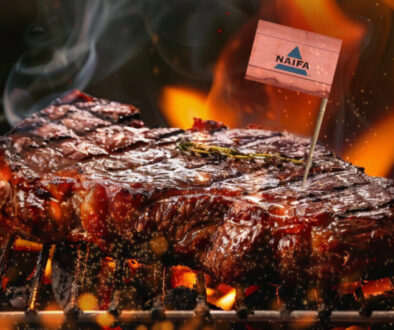Tariffs fuel import surge but economic slowdown looms

U.S. imports surged in the first quarter as businesses scrambled to obtain products they needed before tariffs took effect.
“But the bad news is that there’s a tradeoff,” said Erik Lundh, global senior economist with The Conference Board, during a recent webinar. “If you ate your fill in the first half of the year, you will go on a diet in the second half. We expect to see some countries to see anemia in second half of the year.”
 Source: The Conference Board
Source: The Conference Board
The Conference Board predicts “more pain on the horizon” as the impact of tariffs begins to be felt throughout the economy. However, the organization is less pessimistic about growth now than it was earlier this year. In April, the board predicted tariffs would cause U.S. gross domestic product to drop 1.2% year over year.
The board continues to predict a slowdown – but not a recession – in the U.S. economy over the next year and a half, followed by some recovery beginning in 2027.
Onshoring leads to surge in manufacturing construction
But there are some encouraging signs amid the uncertainty over tariffs.
A return to onshoring led to a surge in manufacturing construction between 2022 and 2024, said Erin McLaughlin, The Conference Board senior economist. During that time, manufacturers increased their spending on construction from $125 billion to $233 billion. Much of that increase has been as a result of the CHIPs Act and post-pandemic demand for goods.
“It’s to be determined whether it will continue,” she said. “Companies are experiencing uncertainty over what’s going to happen as well as uncertainty over a slowing global economy.”
The Conference Board found that more than 70% of U.S. CEOs plan to alter their supply chains in the next 3-5 years.
But, McLaughlin said, it can take 5-10 years to build a factory and manufacturers must consider factors aside from tariffs in deciding whether to onshore. Those factors include labor costs, risk mitigation, sustainability, and transportation costs. In addition, onshoring requires quality infrastructure, qualified labor, funding, and time.
Winners and losers in tariff war
Some U.S. industries might thrive amid higher tariffs, said Yelena Shulyatyeva, The Conference Board senior U.S. economist.
She listed finance and insurance, management and consulting services, legal services, accounting services, advertising, wood products, mining, oil and gas, and logging as the industries most likely to benefit from higher tariffs.
Retail and wholesale trade top the list of industries most likely to be hurt by tariffs, she said. Fabricated metal products, machinery, computers and electronics, and motor vehicles and parts were also likely to be harmed by tariffs.
Shulyatyeva said The Conference Board is seeing some growth in consumer spending among affluent households. Much of this growth is driven by stock market gains over the past few months. However, spending among lower-income households is slowing down.
“We do expect some significant slowdown in the fourth quarter,” she said. “The holiday shopping season will be a huge indicator of the economy.”
© Entire contents copyright 2025 by InsuranceNewsNet.com Inc. All rights reserved. No part of this article may be reprinted without the expressed written consent from InsuranceNewsNet.com.
The post Tariffs fuel import surge but economic slowdown looms appeared first on Insurance News | InsuranceNewsNet.






